Injured? Try a little PEACE and LOVE
Forget RICE — two Canadian researchers have a better way to deal with soft-tissue injuries
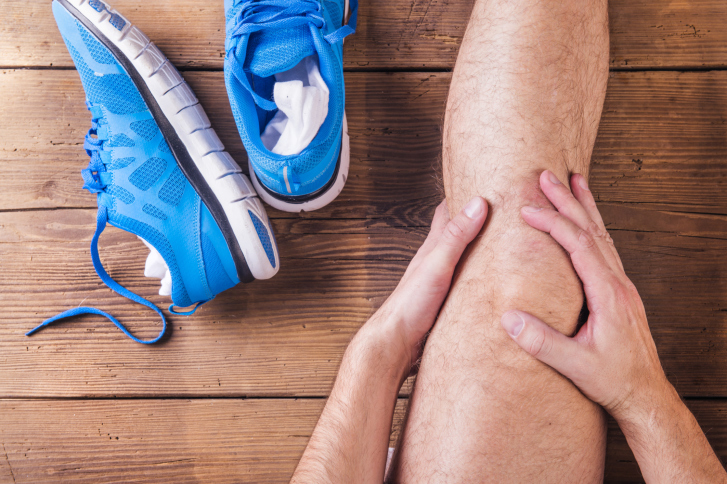
When it comes to soft-tissue injuries, the general recommendation used to be to treat it with RICE: rest, ice, compression, elevation. Then we moved on to PRICE, which adds protection to the protocol. According to two Canadian researchers, these acronyms ignore important stages of tissue healing, and argue we should be using PEACE and LOVE instead.
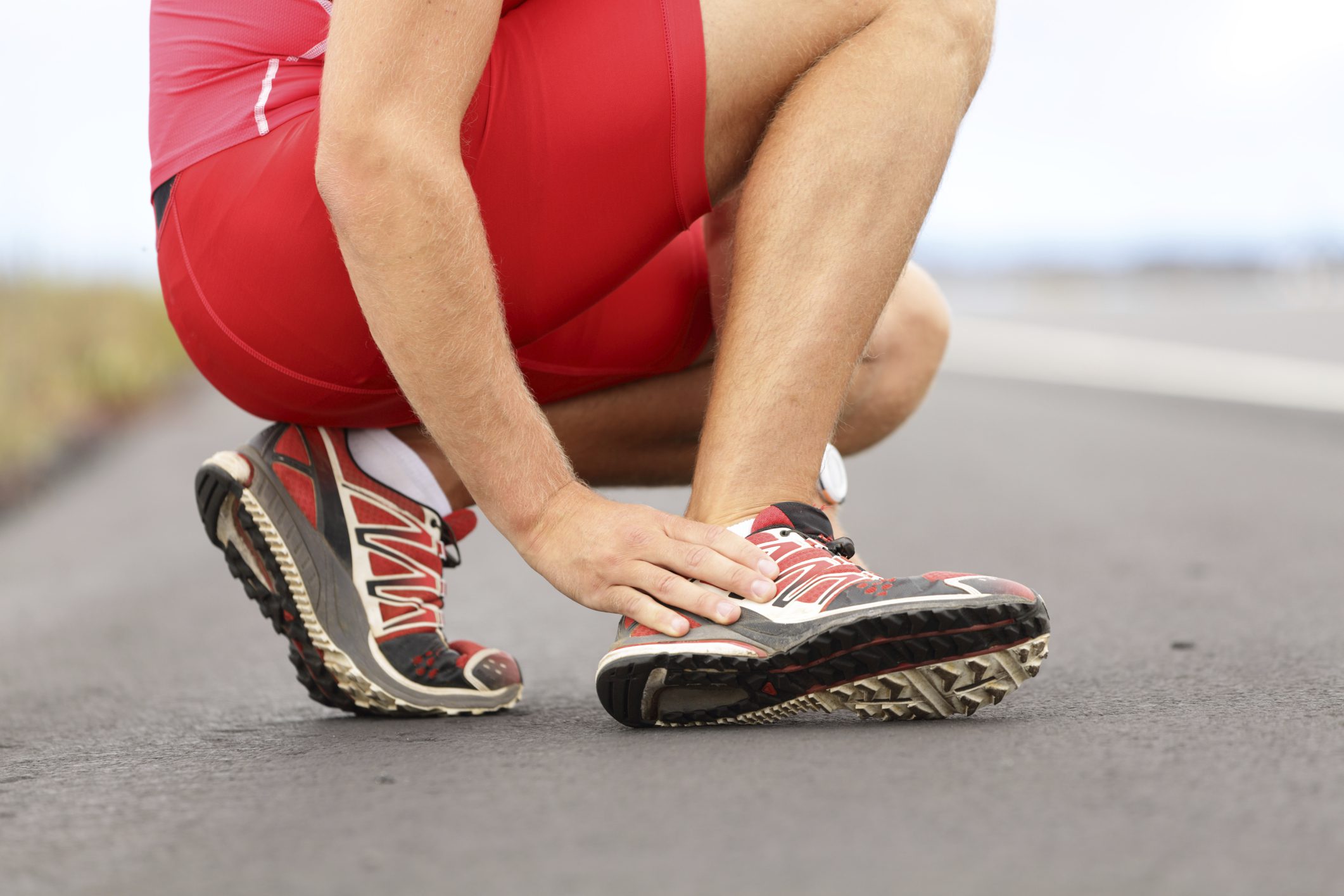
PEACE and LOVE
In their 2020 paper, Blaise Dubois and Jean-Francois Esculier promote two new acronyms to guide people when addressing soft tissue injuries. The first, PEACE, stands for Protection, Elevation, Avoid anti-inflammatories, Compression and Education. After a few days following the PEACE protocol, athletes should switch to LOVE, which stands for Load, Optimism, Vascularisation and Exercise.
“Although widely known, these previous acronyms focus on acute management, unfortunately ignoring subacute and chronic stages of tissue healing. Our contemporary acronyms encompass the rehabilitation continuum from immediate care (PEACE) to subsequent management (LOVE),” says Dubois and Esculier.
PEACE: the first step to healing
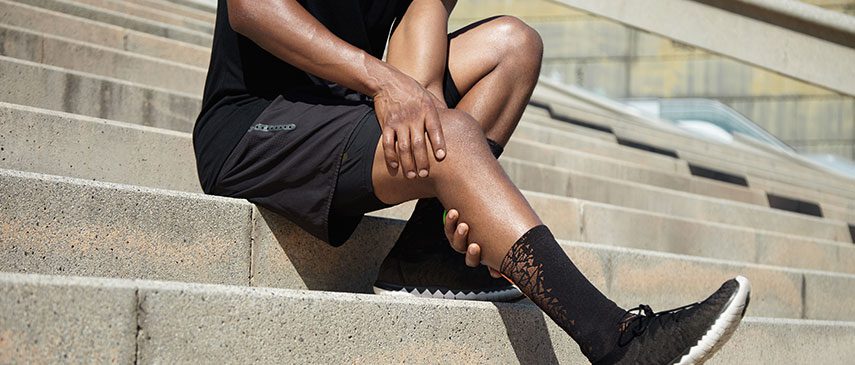
When you sustain a soft tissue injury, the researchers emphasize that immediately afterward, your main concern should be to do no further harm, and allow the PEACE acronym to be your guide:
P for protect: athletes should unload or restrict movement for one to three days post-injury. It’s important, they note, that this period shouldn’t be too long because too much rest can compromise tissue strength and quality. They encourage athletes to use pain signals as their guide for when to resume movement.
E for elevate: athletes should elevate the affected limb so that it’s higher than their heart to allow fluid to flow out of the injured tissues.
A for avoid anti-inflammatories: the various stages are good for promoting healing, the researchers say, so inhibiting inflammation with medications can slow down the healing process, and could negatively affect long-term tissue healing. They also discourage athletes from using cryotherapy (a.k.a. icing the injury), saying “there is no high-quality evidence on the efficacy of ice for treating soft-tissue injuries.”

C for compress: “External mechanical pressure using taping or bandages helps limit intra-articular edema and tissue hemorrhage,” the researchers say.
E for educate: the researchers argue that therapists should educate patients on the benefits of an active approach to healing. They note that treatments such as electrotherapy, manual therapy or acupuncture have little effect in the early stages of healing, and may even be counterproductive in the long term. Better education around treatment and load management can also avoid over-treating, reducing the likelihood of unnecessary injections or surgery.
LOVE: giving your tissues what they need
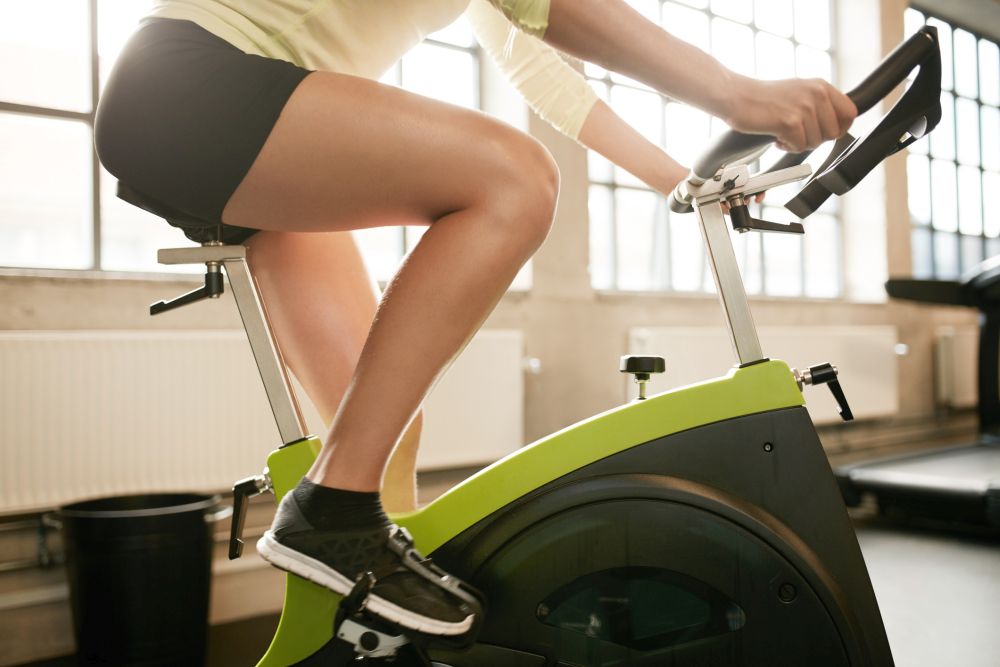
L for load: the researchers say mechanical stress should be added early and normal activities should be resumed as soon as symptoms allow. “Optimal loading without exacerbating pain promotes repair, remodeling and builds tissue tolerance and the capacity of tendons, muscles and ligaments through mechanotransduction,” they say.
O is for optimism: an optimistic outlook on your injury is associated with better outcomes and prognosis. For example, “beliefs and emotions are thought to explain more of the variation in symptoms following an ankle sprain than the degree of pathophysiology,” they say.
V for vascularisation: pain-free aerobic exercise should be started a few days after the injury to improve blood flow to the injured area. The researchers say that early mobilization and activity help athletes reduce their need for pain medication.
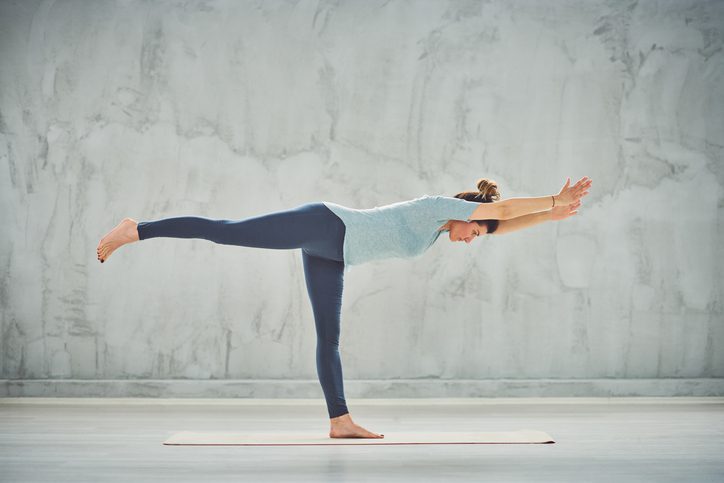
E for exercise: exercises help restore mobility, strength and proprioception to an injured area early after an injury. As long as the exercises prescribed can be carried out without pain, they improve recovery time and can improve long-term outcomes for athletes.
To learn more about the PEACE and LOVE protocols, check out the full paper here.


